Seasonal Festivals: Experiencing Japan's Living Calendar
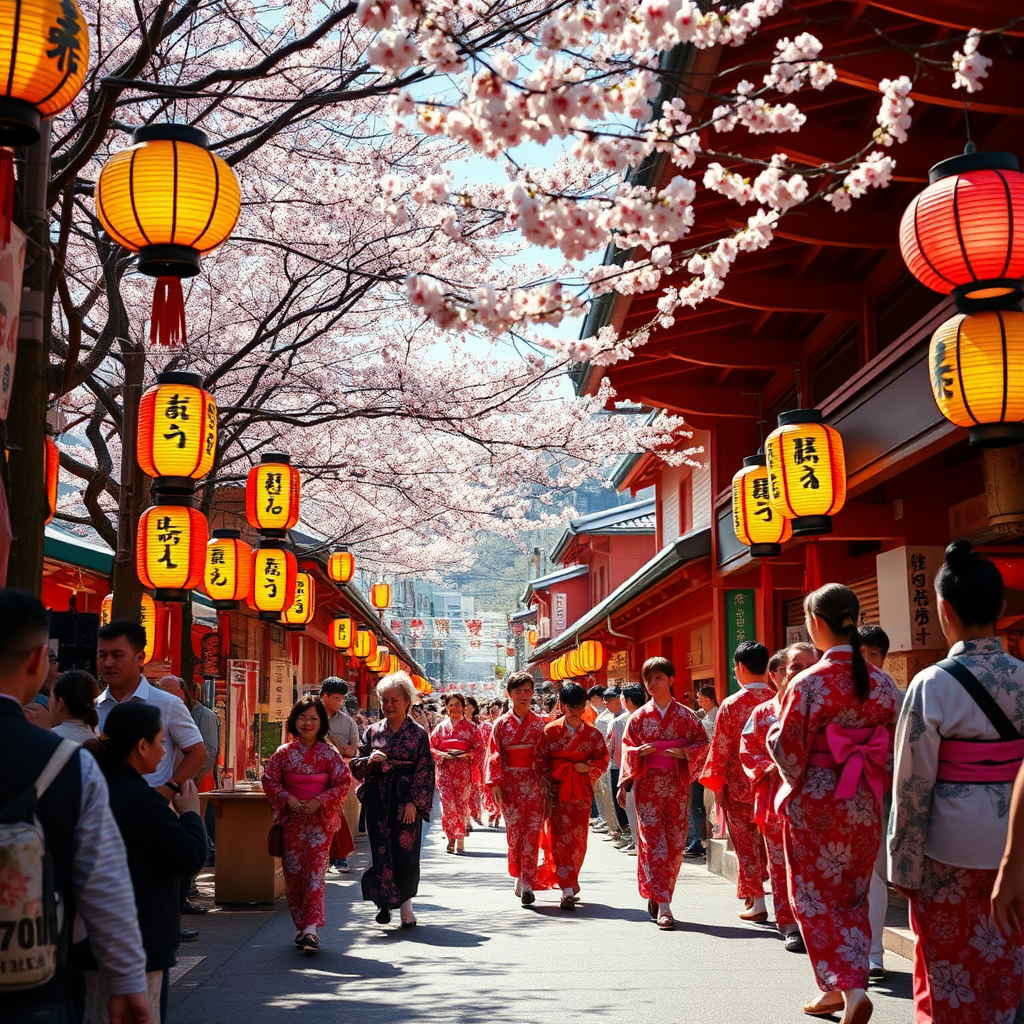
Japan's festival calendar is a living tapestry that weaves together ancient traditions, seasonal rhythms, and community spirit. Throughout the year, matsuri celebrations transform cities and villages into vibrant showcases of cultural heritage, offering visitors an authentic glimpse into the heart of traditional Japan.
Spring: Cherry Blossom Celebrations and Renewal
Spring in Japan is synonymous with hanami, the beloved tradition of cherry blossom viewing. From late March through early May, communities gather beneath blooming sakura trees for picnics, poetry readings, and contemplative moments. The Yoshino Cherry Blossom Festival in Nara Prefecture showcases over 30,000 cherry trees across four elevations, creating a spectacular pink cascade that has inspired artists for centuries.
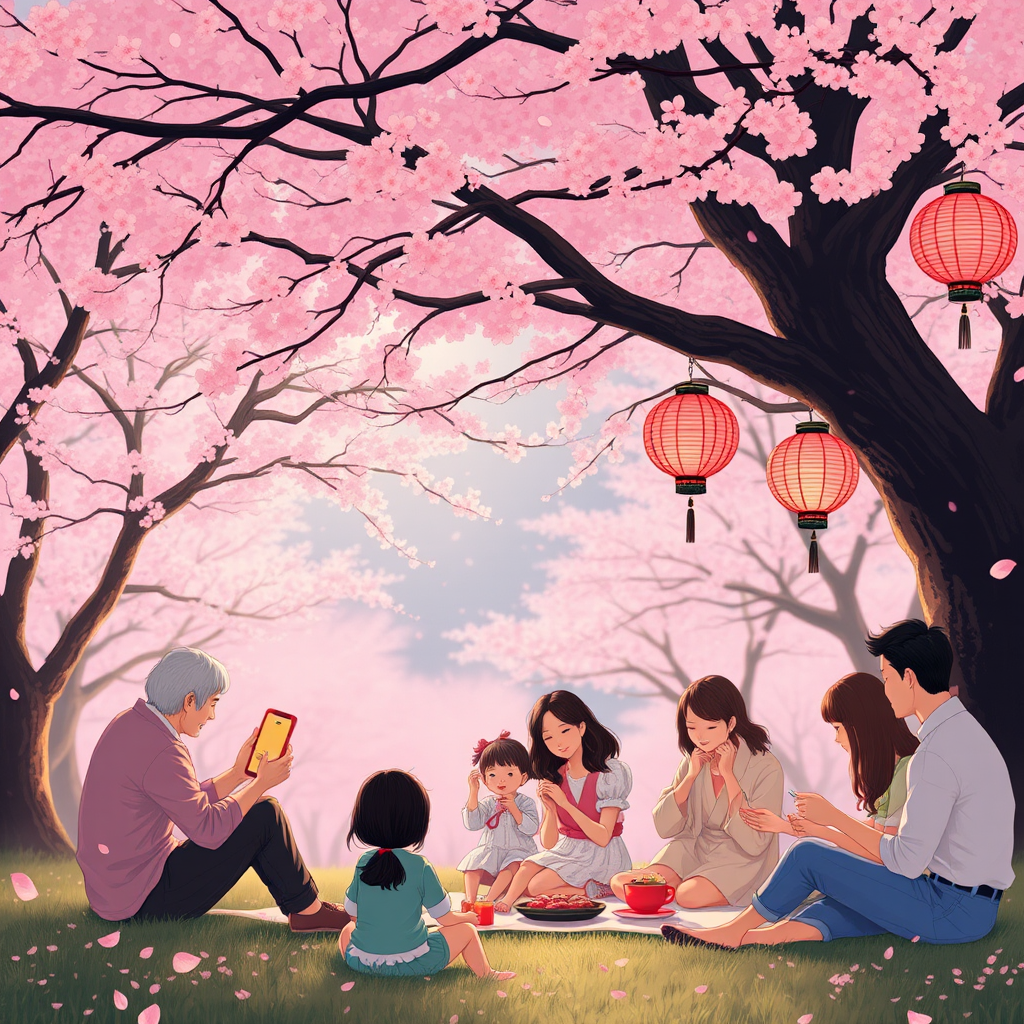
The Takayama Spring Festival, held annually on April 14-15, combines the beauty of cherry blossoms with elaborate floats called yatai. These ornate wooden structures, some dating back to the 17th century, parade through the historic streets while traditional musicians perform ancient melodies that echo through the mountain valleys.
Summer: Fire, Water, and Ancestral Spirits
Summer festivals in Japan pulse with energy and spiritual significance. The Gion Matsuri in Kyoto, running throughout July, is considered one of Japan's three most beautiful festivals. Its grand procession on July 17th features massive floats weighing up to 12 tons, pulled through the ancient capital's streets by teams of men in traditional dress.
The Obon season in mid-August brings communities together to honor ancestral spirits. During this time, the Awa Odori festival in Tokushima transforms the city into a dancing celebration, where thousands of performers in colorful yukatas move to hypnotic rhythms that have been passed down for over 400 years.
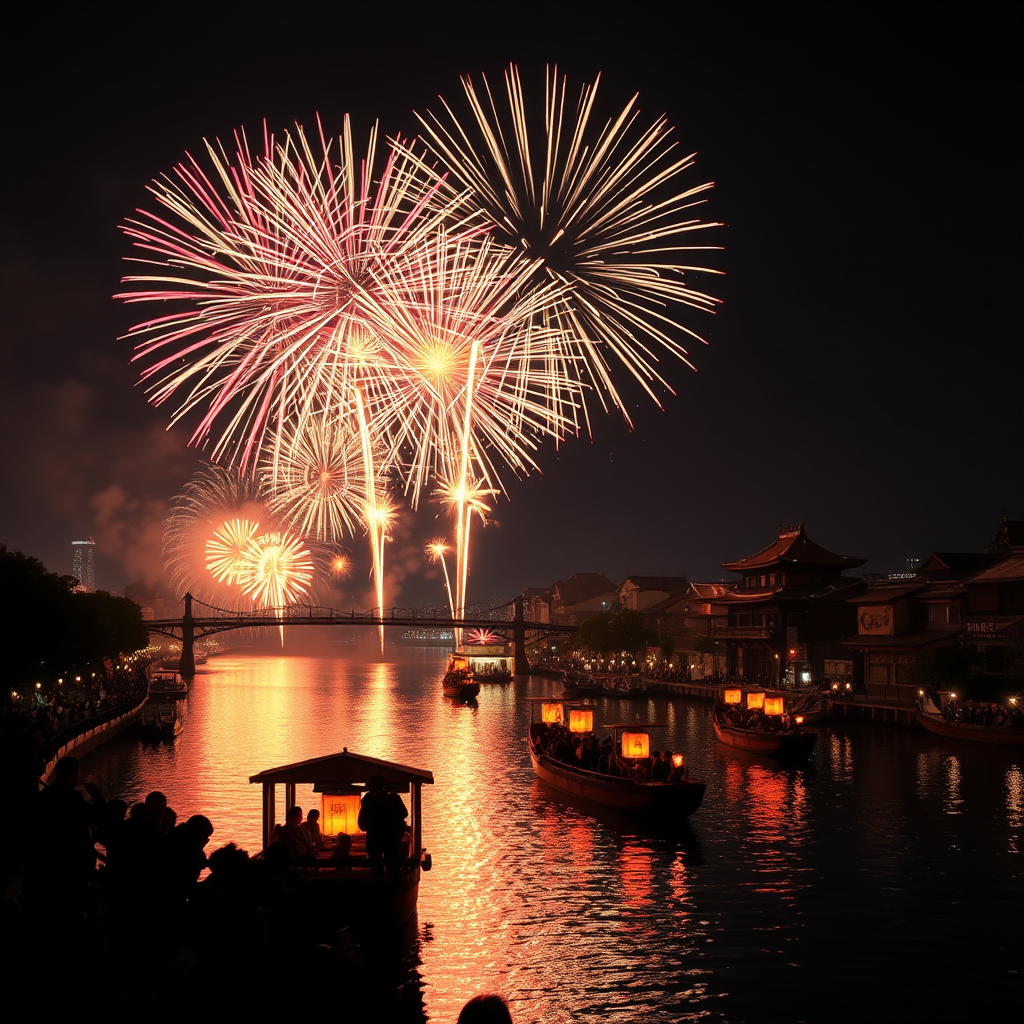
Autumn: Harvest Gratitude and Natural Beauty
Autumn festivals celebrate the bounty of harvest season while showcasing Japan's stunning fall foliage. The Jidai Matsuri in Kyoto on October 22nd presents a living history lesson, with participants dressed in authentic costumes representing different periods of Japanese history, from the Heian era to the Meiji Restoration.
In rural areas, harvest festivals take on a more intimate character. The Niiname-sai ceremonies give thanks for the rice harvest, connecting modern communities to agricultural traditions that have sustained Japan for millennia. These celebrations often feature local specialties, traditional crafts, and performances by regional folk dance groups.
Winter: Light, Warmth, and New Beginnings
Winter festivals provide warmth and light during the coldest months. The Sapporo Snow Festival in February transforms the northern city into a wonderland of ice sculptures and snow art. Meanwhile, the Chichibu Night Festival on December 2-3 features massive floats illuminated by hundreds of lanterns, creating a magical atmosphere against the winter darkness.
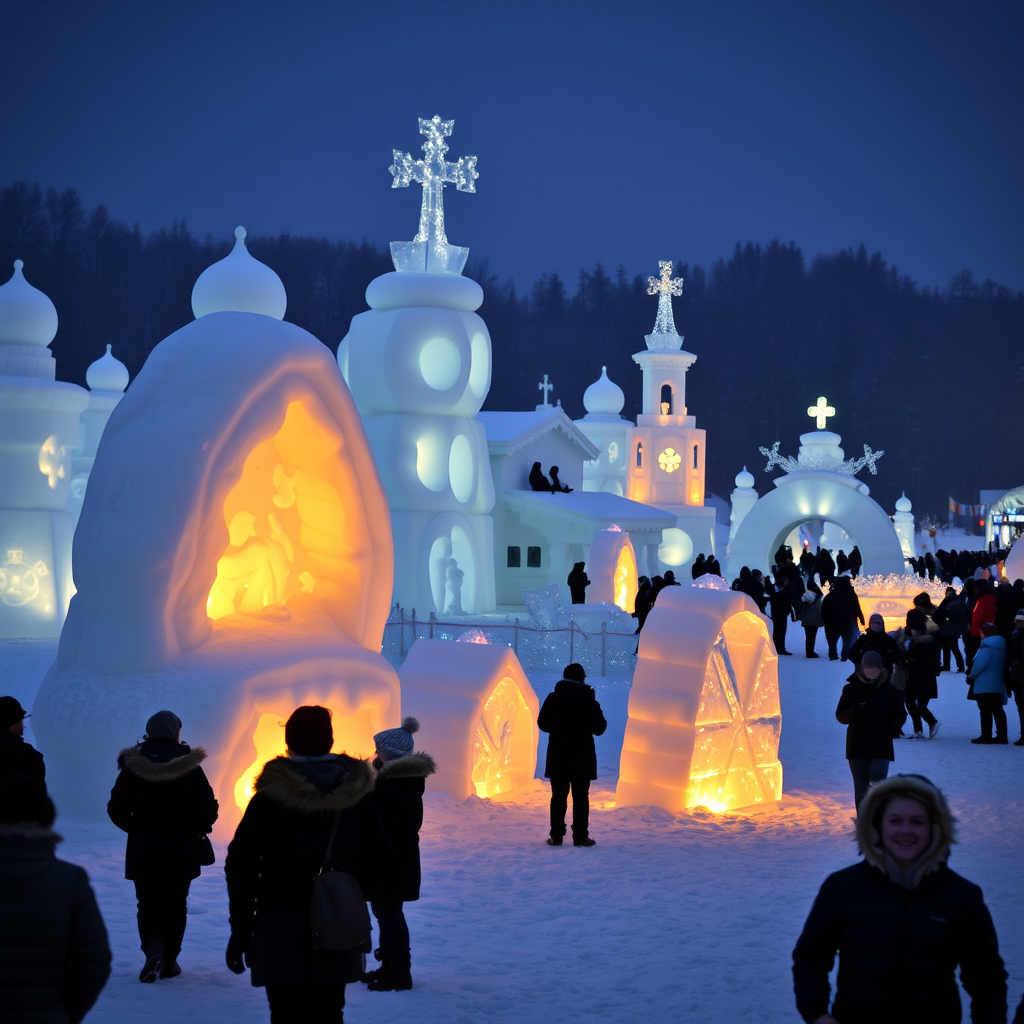
New Year celebrations mark the most important festival period in Japan. From December 31st through January 3rd, families visit shrines for hatsumode, the first shrine visit of the year. The sound of temple bells ringing 108 times at midnight purifies the spirit and welcomes fresh possibilities.
Cultural Significance and Community Connection
Japanese festivals serve as more than entertainment; they are vital threads in the social fabric that bind communities together across generations. Each matsuri carries deep spiritual meaning, often rooted in Shinto beliefs about the connection between humans, nature, and the divine. Participation in these celebrations strengthens community bonds while preserving cultural knowledge that might otherwise be lost.
For visitors interested in japan cultural tours, experiencing these festivals offers unparalleled insight into traditional Japan. The rhythms of seasonal celebration reveal how Japanese culture has maintained harmony with natural cycles, creating a calendar that honors both ancient wisdom and contemporary community life.
Planning Your Festival Journey
When planning to experience Japan's festival calendar, timing is essential. Spring festivals typically run from March through May, with peak cherry blossom season varying by region. Summer festivals concentrate in July and August, while autumn celebrations span September through November. Winter festivals provide unique experiences from December through February.
Upcoming Festival Highlights
- Omisoka (New Year's Eve): December 31, 2024 - Nationwide temple bell ceremonies
- Hatsumode: January 1-3, 2025 - First shrine visits of the new year
- Setsubun: February 3, 2025 - Bean-throwing ceremonies to welcome spring
- Plum Blossom Festivals: February-March 2025 - Early spring celebrations
- Cherry Blossom Season: Late March-Early May 2025 - Regional hanami celebrations
Each festival offers unique opportunities to witness traditional Japan in action, from the precise choreography of float processions to the spontaneous joy of community dancing. These celebrations provide windows into a culture that values both preservation of tradition and the vitality of shared experience.
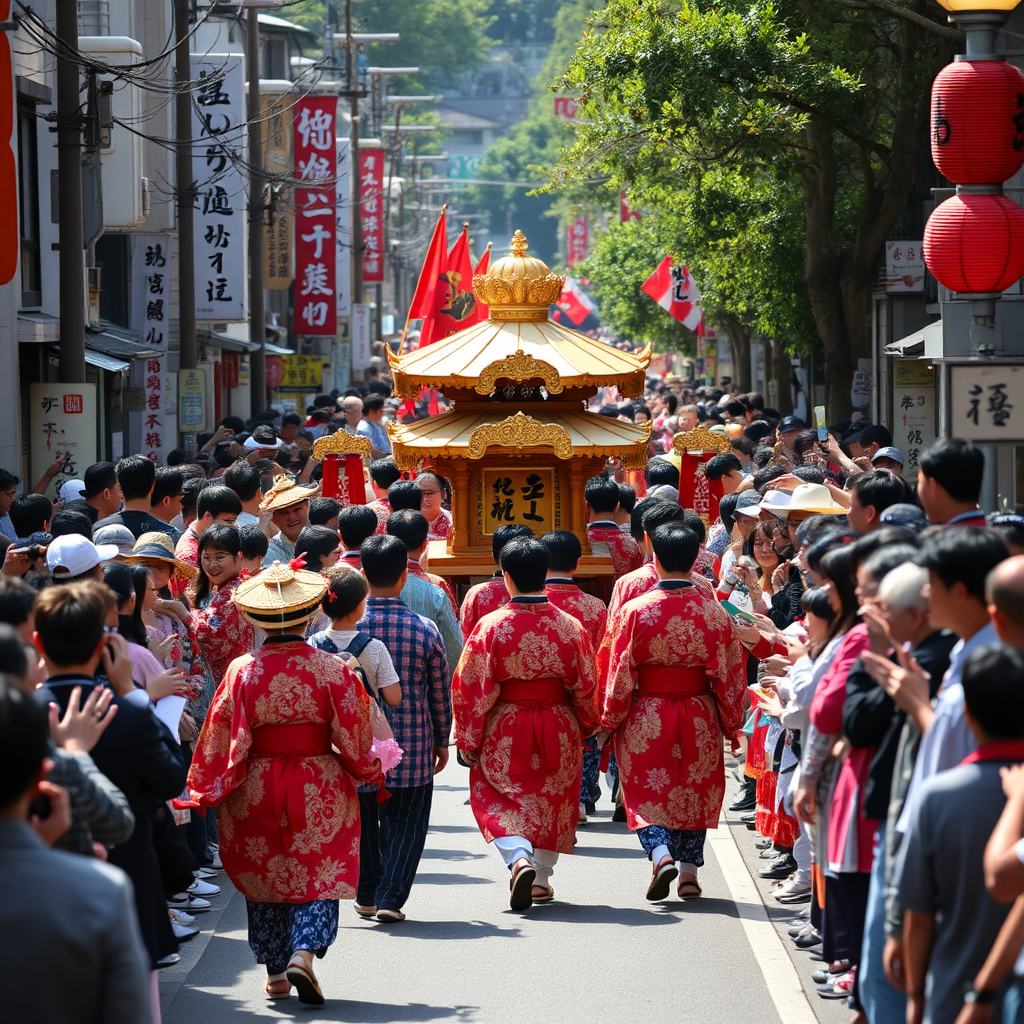
Japan's seasonal festivals represent more than cultural events; they are invitations to participate in a living calendar that has guided communities for centuries. Whether you're drawn to the delicate beauty of cherry blossoms, the thunderous energy of summer matsuri, the grateful abundance of harvest celebrations, or the hopeful light of winter festivals, each season offers its own pathway into the heart of Japanese culture.
Through these celebrations, visitors discover that traditional Japan is not a museum piece but a vibrant, evolving culture that continues to find meaning in the eternal rhythms of seasonal change. The festivals serve as bridges between past and present, connecting modern participants to ancestral wisdom while creating new memories that will be treasured for generations to come.